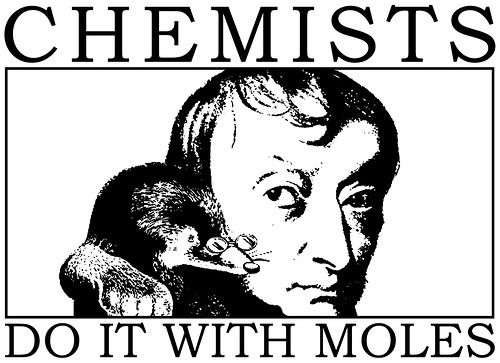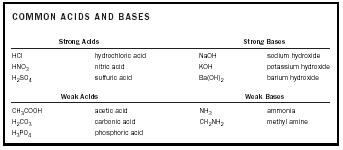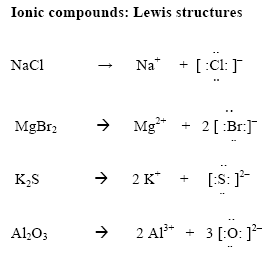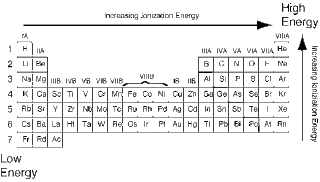Today in Chem 11, we had an in depth lesson on something we learnt about in grade 10, Atomic theories!
There are many people, concepts and features that are important to know when learning Atomic theories, so here are a few important ones to learn:
Four Element Theory (Arostotal)
- Matter is made up of water, wind, earth and fire
- This theory of Arototal's lasted for 2000 years!
- But, isn't a scientific theory because is couldn't be tested against observation
Democritus (4000 BC)
- First mentioned Atoms, and said they were indivisible partices
- This theory was not a testable one though, it was a conceptional one
- There were not any mention of atomic neucleus or it constituients and can't be used to explain chemical reactions
Lavoiser (Late 1700's)
- Introduced the law of conservation of mass and the law of definite proportions
- Water is always 11 % Hydrogen and 89 % Oxygen
Proust (1799)
- Claimed that if a compound is broken down into it's constituients, the products exist in the same ratio as in the compound
Dalton (Early 1800's)
- Aoms are solid, indestructable spheres, just like billiard balls!
- Provides for differet elements
- Explains chemical reactions
- Does not explain isotopes, electricity, attraction, compulsion, etc..
JJ Thompson (1850's)
- Proposed the raisin bun model
- Solid, positive spheres with negative particles embedded in them
- First atomic theory to have positive (protons) and negative (electrons) charges
- Demonstrated existance of electrons using cathode ray tubes
Rutherford (1905)
- Showed that atoms have a positive, dense, centre with electrons outside it which resulted in a planetary model
- Suggested that atoms are mostly empty space















































